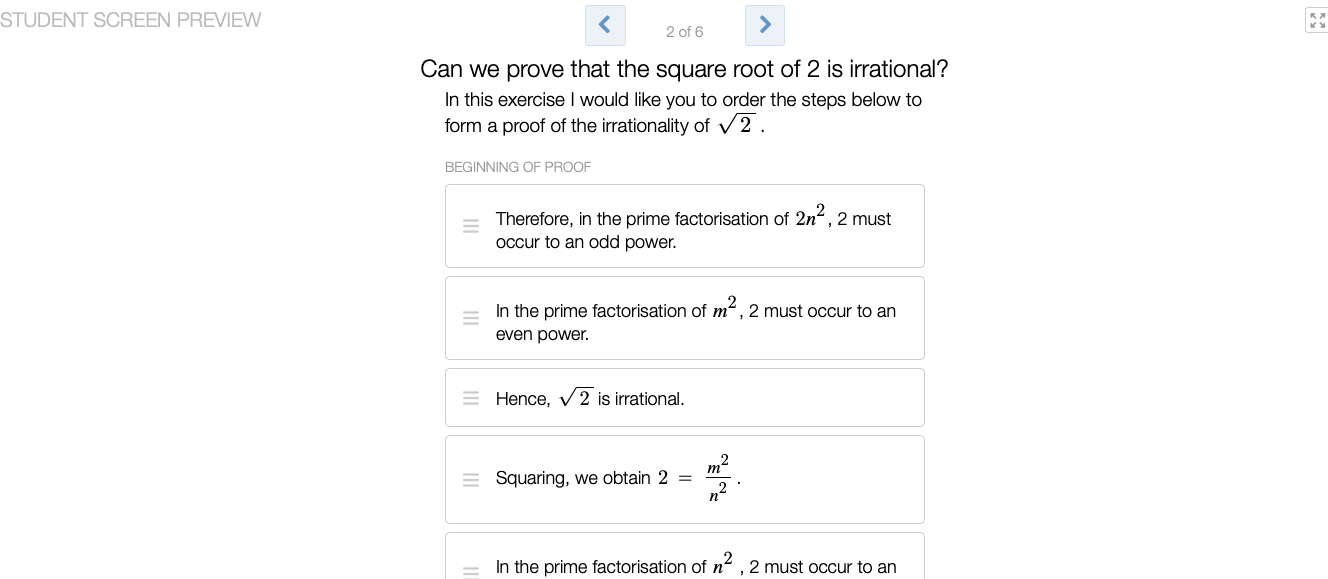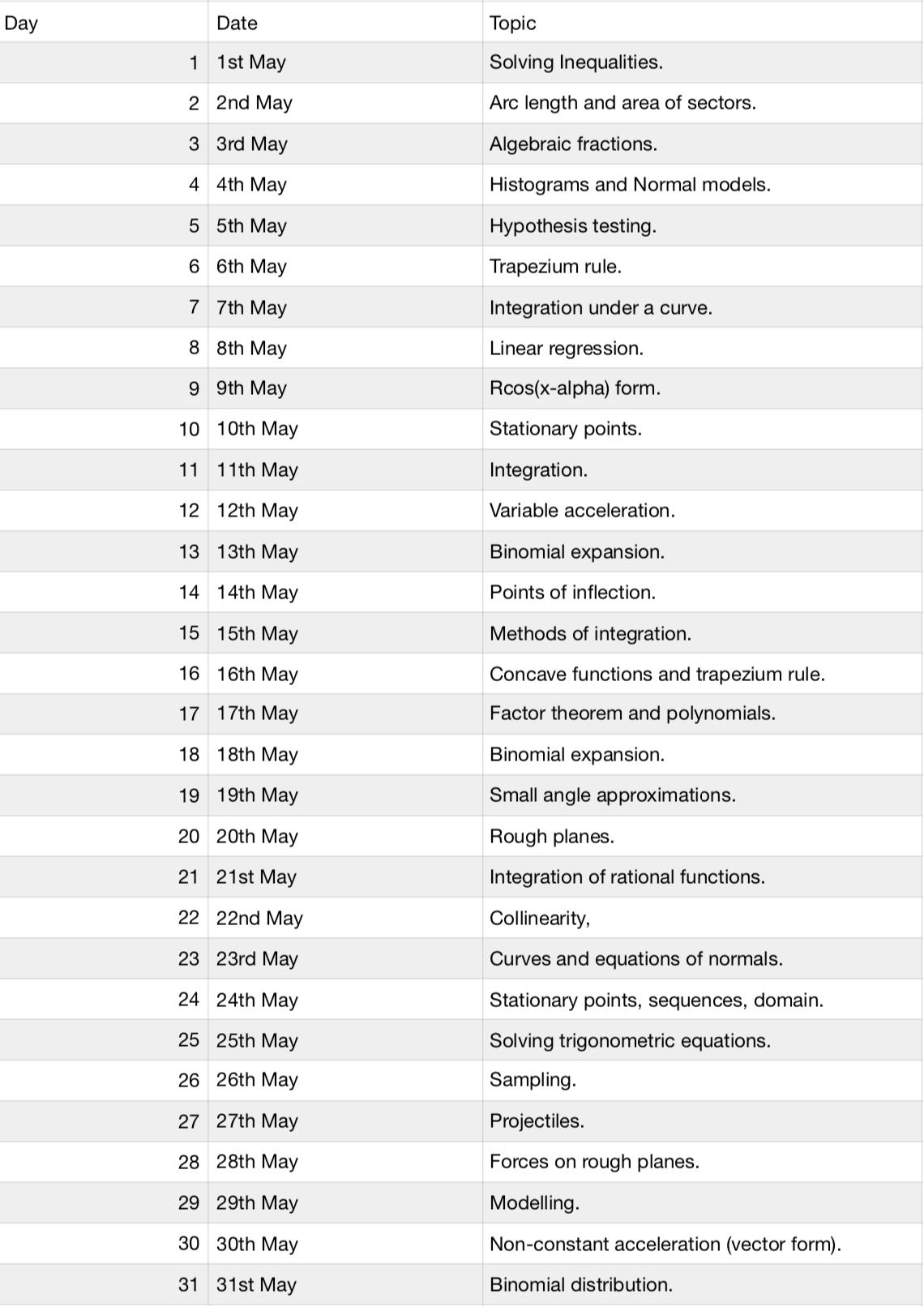Short post as I need to go to bed!!
I have made my first Revision Clock activity for the new syllabus.
Please let me know if you use the file located here with your classes, I would love some feedback.
Short post as I need to go to bed!!
I have made my first Revision Clock activity for the new syllabus.
Please let me know if you use the file located here with your classes, I would love some feedback.
So this was meant to be posted on Monday evening and time has got away with me. Hence an early Tuesday morning post.
Something a bit different as im sharing a revision sheet I made for my Year 11 Level2 Further Maths students last week’s. It covers matrix transformations and has some brief notes plus a few exercises. I guess it could be used to revise the basics of transformations for Year 12.
File Here.
Solutions here.
Just another card sort to share this Sunday… This one concerns parametric equations and invoice curve sketching, converting to cartesian form, differentiating parametric equations and parametric integration.
Feel free to use: Download here.
Only 10 days late sharing this one…. On the plus side I am looking forward to next year and thinking that these will all already exist and be ready to use 🙂
This month I have gone for a mixed range of questions testing student’s essential skills ready for the exam.
File available here for your students to use.
I’ve recently been having a bit of a play with the Desmos Activity Builder and they have recently added an ordered list component. Because of this I have created a Desmos activity that explores proof by contradiction. This isn’t an area of mathematics I would naturally think to use Desmos for, but I have used this activity for revision with one of my classes and it seemed to go well.
The first screen is also my first real attempt at using the Desmos Computation layer, specifically I use the aggregate function to make a box plot of students estimates of \(\sqrt{2}\). Over the summer I want to explore CL properly and have a few ideas on how to improve this activity – watch this space.
Please use this activity and give me any feedback. Find it here.
Just a very short post tonight to share a small cardsort / set of questions I wrote to provide a quick bit of revision if the different proof techniques and promote some discussion in the classroom.
Download the file to use here.
My students have been asking for more practice papers for AQA Further Mathematics as there aren’t many..
I’ve ended up writing some of what I am calling “sort of mock” papers. I don’t pretend that they are completely true reflections of the real mock papers but I hope that they at least have the correct “flavour”.
The first one I have done is one for the mechanics option. I suspect they may be useful for other boards too but check it before using them.
If you want to use it the paper is here and mark scheme (more like my handwritten solutions!!) here.
One thing my students (and I think most students) seem to struggle on is converting a given situation into a differential equation. The solving part seems to be relatively easy, assuming they have a good grip on integration, in comparison to this part!
As a revision activity I have made a card sort where students need to match a situation with a differential equation and then with the solution. To make it less obvious I have used \( x \) for every dependent variable and \( y \) for the corresponding independent variable.
A sample of some of the situations is shown below. They all lead to first order differential equations.
Myself and Sheena (thank you for trialling it!) have used this so hopefully all the typos have now been found. The solutions are on page 3.
If you want to use it with your students you can download it here.
I have now finished my exam question a day resource and it has questions up to the 13th June. I still haven’t had a chance to collate all the solutions into the correct order, but they can all be found quite easily by students by downloading the SAMS from the awarding bodies’ websites and then using the references below each question.
The topics covered for May and June are shown below. 
Download the file here.
I hope you and your students find it useful.
When the fantastic Desmos launched its new statistic functionality I thought I would try writing a resource that lets students use the new statistics visualisation functions.
I’d love for you to try using it with your students and let me know how it goes as I haven’t given it much testing yet.
Please download the file from here.